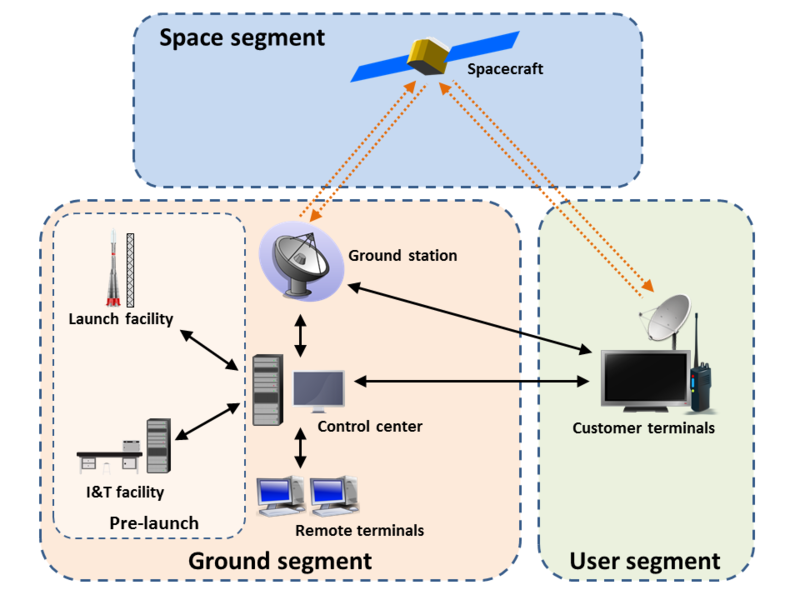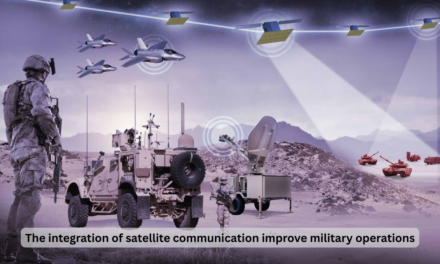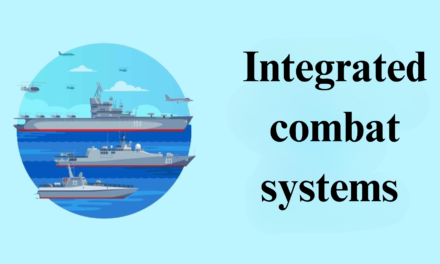Ground control systems play a critical role in managing and interacting with spacecraft during missions. These systems are the operational backbone that enables the communication, monitoring, and control of space assets. They ensure that spacecraft perform their designated tasks, maintain their trajectories, and respond to commands, all while relaying vital mission data back to Earth. Here’s how ground control systems interact with space components during missions:
1. Communication with Spacecraft
Tracking and Command (TT&C)
- Tracking:
- Ground stations track spacecraft position and velocity using radar, Doppler shifts, and ranging techniques.
- Tracking data helps maintain situational awareness and calculate precise orbits.
- Command:
- Ground systems send commands to spacecraft to adjust orientation, activate systems, or execute mission objectives.
- Example: Issuing a command to deploy solar panels or fire thrusters for course corrections.
- Telemetry:
- Spacecraft transmit telemetry data back to ground stations, providing information on onboard systems’ health and performance.
Two-Way Communication
- Uplink:
- Commands, software updates, or mission adjustments are sent from ground control to the spacecraft.
- Downlink:
- Spacecraft send scientific data, images, and status updates to ground stations.
- Data is typically transmitted via radio frequency (RF) systems, often in specific bands (e.g., S-band, X-band, or Ka-band).
Relay Satellites
- Relay satellites, like NASA’s Tracking and Data Relay Satellites (TDRS), facilitate near-continuous communication with spacecraft by serving as intermediaries between the ground and spacecraft.
2. Monitoring and Health Management
System Monitoring
- Ground control systems continuously monitor spacecraft systems, such as:
- Power levels (solar panels and batteries).
- Thermal control systems.
- Attitude and propulsion systems.
- Payload instruments.
- Example: The International Space Station (ISS) is monitored 24/7 to ensure optimal functioning of life support, power, and communication systems.
Anomaly Detection
- Ground systems analyze telemetry data in real-time to detect anomalies or malfunctions.
- Example: Identifying a drop in power output from a solar array or unexpected temperature spikes.
Diagnostics and Recovery
- Engineers on the ground investigate issues and send corrective commands to resolve problems.
- Example: Reconfiguring a communication system after antenna deployment failure.
3. Orbit and Attitude Control
Orbit Determination and Prediction
- Ground control systems calculate spacecraft trajectories using tracking data and predictive models.
- Necessary for:
- Adjusting spacecraft orbits (e.g., station-keeping for satellites).
- Planning interplanetary trajectories.
- Example: Maneuvering the Mars Reconnaissance Orbiter into its science orbit.
Attitude Adjustment
- Commands are sent to adjust the spacecraft’s orientation for tasks like:
- Aligning antennas for communication.
- Pointing scientific instruments at targets.
- Orienting solar panels for optimal power generation.
Collision Avoidance
- Ground systems monitor potential collisions with other satellites or debris and send commands for evasive maneuvers.
4. Data Management and Processing
Scientific Data Retrieval
- Scientific payloads on spacecraft, such as cameras, spectrometers, and sensors, collect data and transmit it to ground control.
- Example: The James Webb Space Telescope sends raw astronomical data for processing and analysis.
Data Processing
- Ground systems decode, process, and distribute data to mission teams and researchers.
- Example: Turning raw images from Mars rovers into high-resolution panoramas.
Data Storage
- Ground systems archive mission data for future analysis and research.
5. Real-Time Control and Automation
Time-Delayed Commands
- For spacecraft far from Earth, ground control sends pre-programmed command sequences to compensate for communication delays.
- Example: Commands to the Perseverance rover on Mars must account for a delay of 7–20 minutes depending on relative positions.
Autonomous Operations
- Some spacecraft are designed to operate autonomously, reducing reliance on real-time ground control.
- Ground systems interact by updating mission parameters or receiving periodic status updates.
- Example: The Voyager spacecraft autonomously manage power distribution while periodically sending updates to Earth.
6. Coordination with Ground Stations
Ground Station Networks
- Deep Space Network (DSN):
- A global network of large antennas that support interplanetary missions, such as those to Mars or beyond.
- European Space Tracking Network (ESTRACK):
- Operated by ESA, supporting European missions.
- Commercial and Government Networks:
- Used for LEO and geostationary satellites, such as GPS or communication satellites.
Handovers
- For global coverage, ground stations coordinate handovers as spacecraft move out of one station’s range and into another’s.
7. Planning and Execution
Mission Planning
- Ground control systems schedule mission activities, including data collection, maneuver execution, and science operations.
- Example: Scheduling a rover’s movement on Mars to avoid terrain hazards while maximizing scientific output.
Command Sequence Execution
- Command sequences are uploaded to the spacecraft for autonomous execution over a specified period.
- Example: Uploading a daily activity plan to a Mars rover.
8. Redundancy and Backup Systems
- Failover Systems:
- Ground control includes redundant systems to ensure uninterrupted communication and control in case of failure.
- Backup Command Centers:
- Secondary centers can take over operations if the primary center becomes unavailable.
9. Security and Cyber Defense
- Ground systems employ encryption and cybersecurity protocols to prevent unauthorized access or malicious interference.
- Example: Protecting military satellites from hacking or signal jamming.
10. Training and Simulation
- Ground teams use simulators to practice handling various mission scenarios, including anomalies, emergencies, and routine operations.
- Example: Simulating a failed thruster maneuver to test recovery strategies.
Conclusion
Ground control systems are integral to the success of space missions, providing the infrastructure to communicate with, monitor, and command spacecraft throughout their journeys. By leveraging advanced technologies and global networks, these systems enable precise control, real-time data acquisition, and problem-solving, ensuring the smooth execution of missions in Earth’s orbit and deep space. As space exploration expands, ground control systems will continue to evolve, incorporating AI, automation, and enhanced security to meet the growing demands of modern space missions.
Hashtags
#GroundControlSystems #MissionControl #SpaceMissionSupport #GroundToSpaceCommunication #AerospaceGroundControl #SpacecraftControl #SatelliteGroundControl #SpaceMissionCoordination #TelemetryTrackingControl #OrbitalOperations #GroundToSpaceLink #SpaceDataTransmission #RealTimeCommunication #GroundStationNetworks #SatelliteTelemetry #MissionMonitoring













